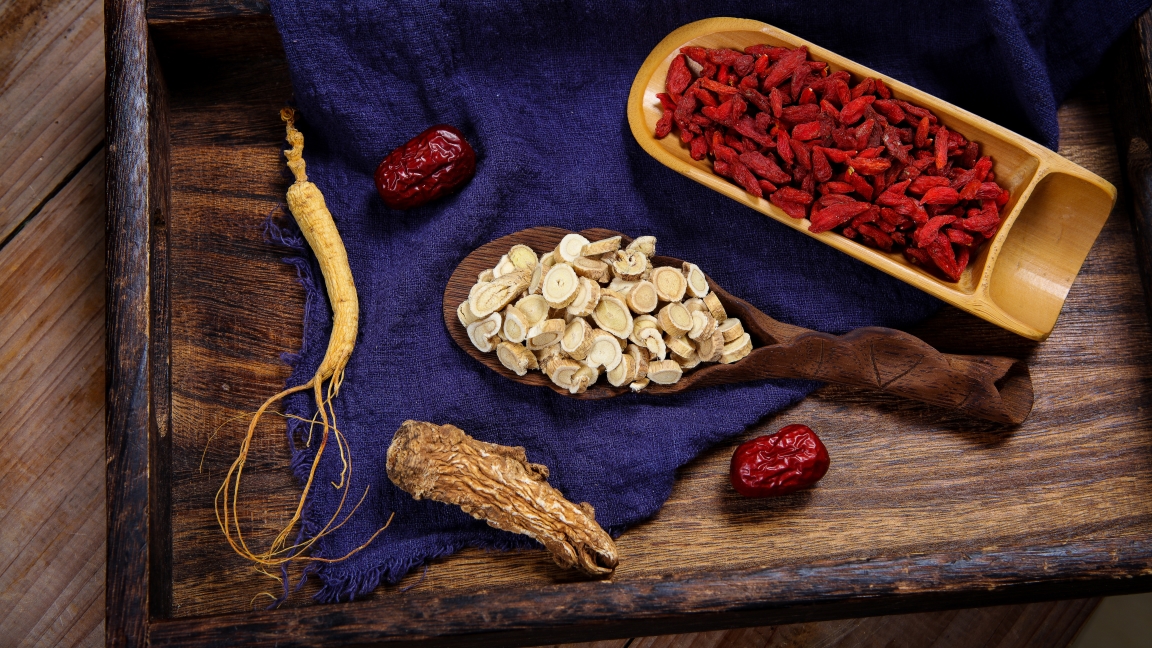

Shot by Dong Jun. Edited by Dong Jun. Subtitles by Cai Wenjun.
In most people's eyes, the typical therapies of traditional Chinese medicine are mainly bitter herbal soup, acupuncture, cupping and tuina. Yes, they are useful, but nothing new. Now, however, there is something novel!
To promote TCM among the public, medical staff and hospitals in Shanghai are pushing the improvement and innovation in TCM, which no longer involves "boring and routine" therapies but instead offers modern, convenient, practical and even fashionable products and services.
For example, they can be your hair shampoo, facial mask, children's biscuits, tea, candy, sachet and innovative therapy.
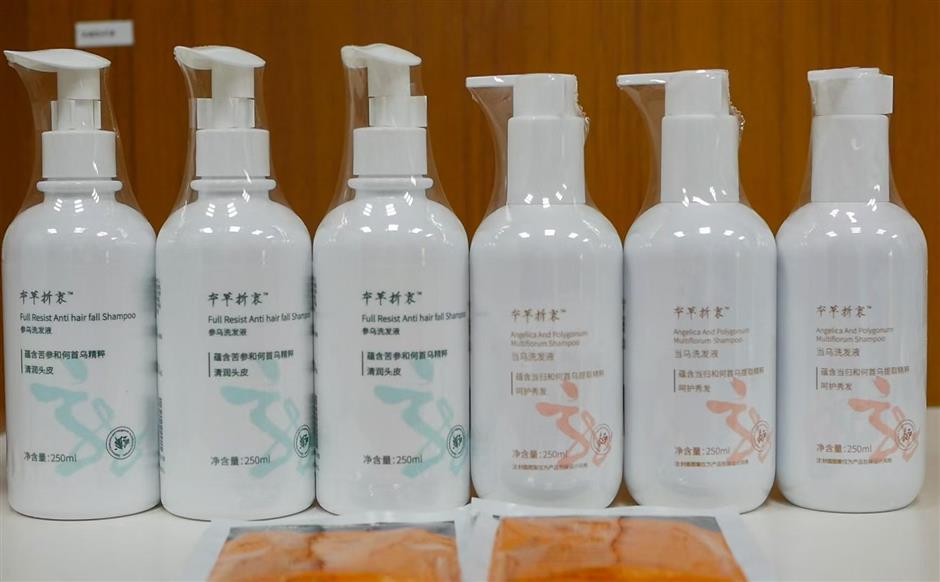
Herbal shampoos were developed by Longhua Hospital in Shanghai.
TCM can treat, prevent disease and do healthcare
"Regarding the long history of TCM, it is not only a disease treatment method but also a way to prevent disease and provide healthcare. With the improvement in health awareness and the demand for TCM promotion and internationalization, we decided not to limit TCM only to clinical use but making it a whole-health therapy for wider recognition and adoption," said Dr Song Yu, director of the dermatology department of Longhua Hospital, a leading TCM hospital in Shanghai.
"TCM is not only a medical therapy but can be items of daily use to improve people's life quality.
"We are exploring the combination of TCM theory and practice, as the spectrum of disease has changed from inflammatory and infectious diseases to various needs such as hair care, skin care and anesthetic demand."
"We focused our TCM innovation on people's demand like hair and scalp problems," Song noted. "TCM has had internal and external therapy on hair and scalp for a long time, such as fumigation therapy, which means pouring and washing hair and scalp with herbal soup after being cooled down.
"But it is not easy to use and can dye people's clothes. So we first made it into granules, yet it was still not convenient as people had to dissolve the granules and then wash their hair."
Shampoo, masks and biscuits
"Then we thought about shampoo through cooperation with a cosmetic company. We make our prescription into shampoo products for convenient use," Song explained further.
"We developed three shampoos targeting white hair, itchy scalp and scurf, and excessive sebum. All ingredients are purely TCM. Two products have received the license for cosmetics, and the other has also passed the examination and will receive the license soon."
"Another is facial mask," he informed. "We have developed special prescription targeting color spots, acne and allergy through fine herbal powders. In our department, we have combined hot fumigation, massage and mask to achieve a better and individualized effects.
"Our anti-skin allergy prescription has been bought by a leading local cosmetic brand, which is making it an innovative cosmetic product."
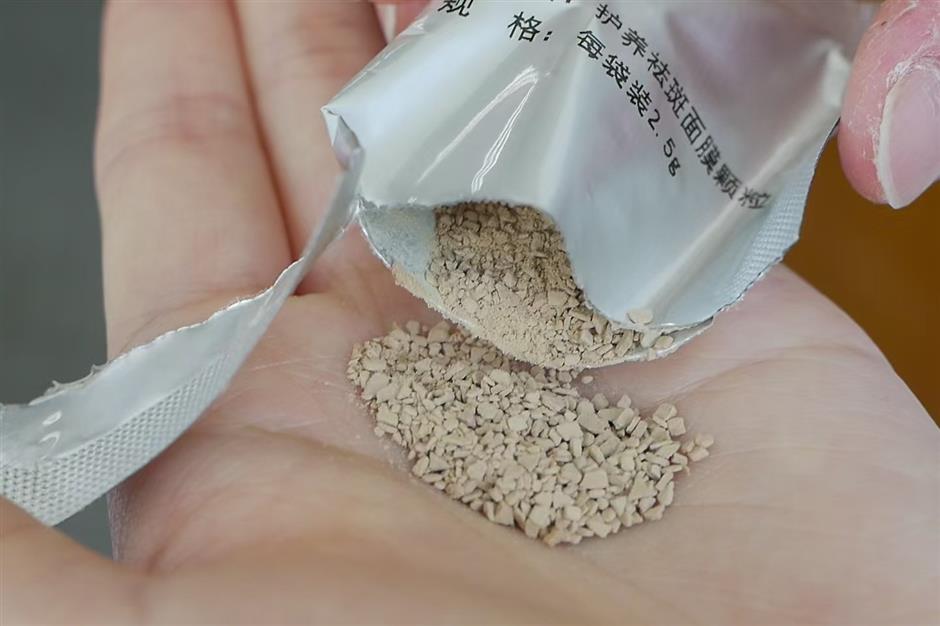
The herbal granules in the facial mask developed by Longhua Hospital.
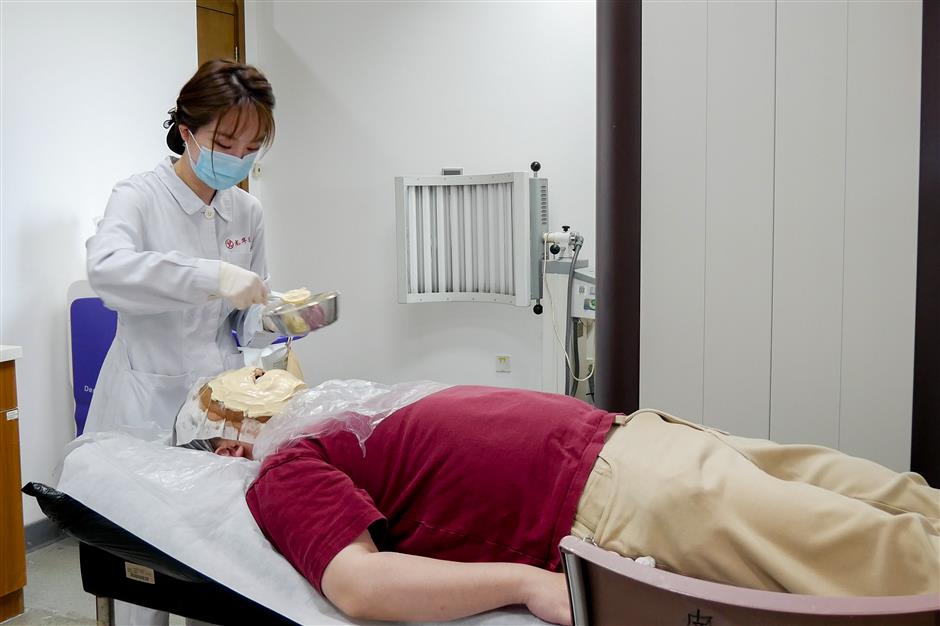
A man receives facial mask treatment at Longhua Hospital.
Another highlight of TCM innovation is that doctors are completely upgrading the form and taste of TCM.
At Longhua Hospital, doctors are making their prescription for children with skin allergy into biscuits.
"Many children with skin allergy should take TCM regularly, But the bitter taste of herbal soup prevents their compliance. So we are looking for other methods more acceptable to children. We have turned the herbal soup into biscuits. A small pack of biscuits is equivalent to a single-day dosage," Song said.
"To make it tasty, we have tried various combination to get the final product. It has passed the ethical evaluation of our hospital, so we will carry out clinical trials soon. In the future, children or those who don't like herbal soup can take such biscuits to control their skin allergy conveniently."
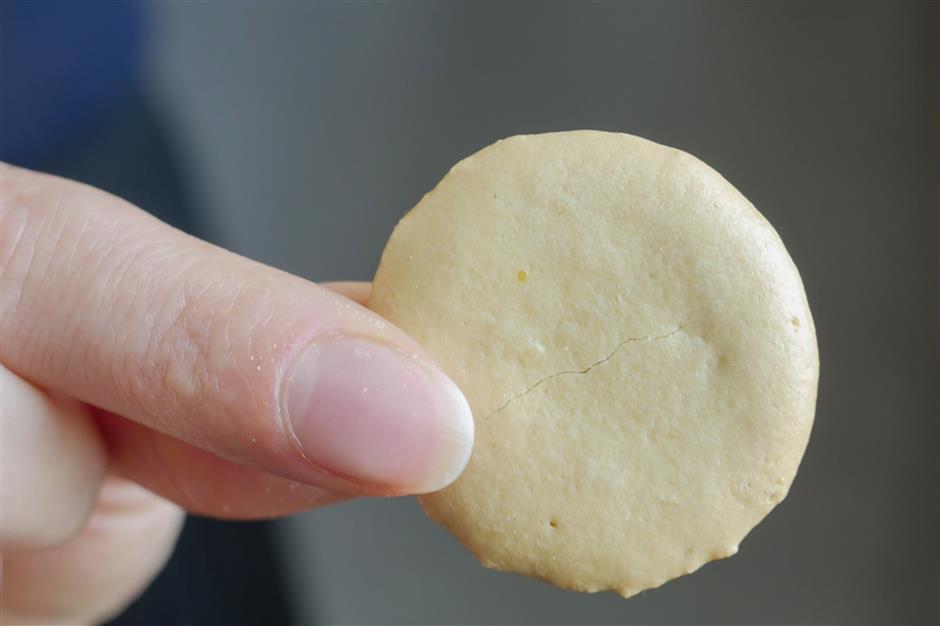
Anti-skin allergy biscuit developed by Longhua Hospital.
Shot by Dong Jun. Edited by Dong Jun. Subtitles by Cai Wenjun.
Sachets and herbal tea
Apart from making these new things, local TCM doctors are also improving existing TCM items to make them more suitable to the taste of today's patients, especially the young.
Herbal scent sachets and herbal tea are routine TCM products, and doctors at Shanghai Yueyang Hospital, a leading hospital in integrated TCM and Western medicine, have introduced new designs, new recipes and new flavors to make them fashionable and useful items in life.
"The sachet has a long history in China for boosting the immune system, just like aromatherapy. In TCM, herbs are often used as medicine in the form of scent and fragrance. But we have kept updating it," explained Dr Ma Ying, vice director of Yueyang Hospital's pharmacy department.
"We have updated the design of sachets and painted good wishes on the package. We introduced three functions for sachets this year – heat-relieving, mosquito-repellent and nerve-soothing – and tested the combination of herbs and scent to ensure its pleasant and agreeable flavor to meet contemporary people's taste and style."
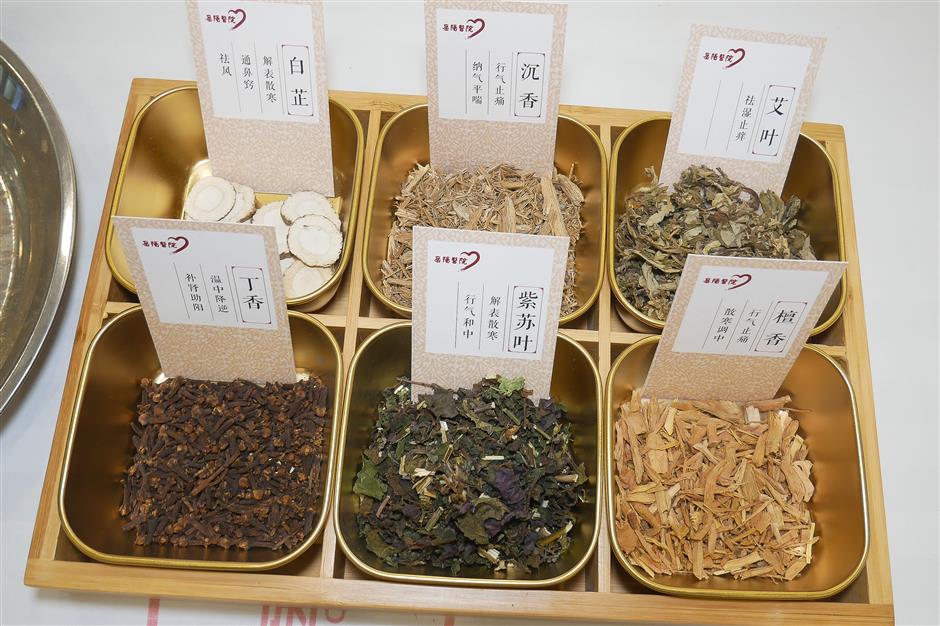
Herbs used in Yueyang sachets.
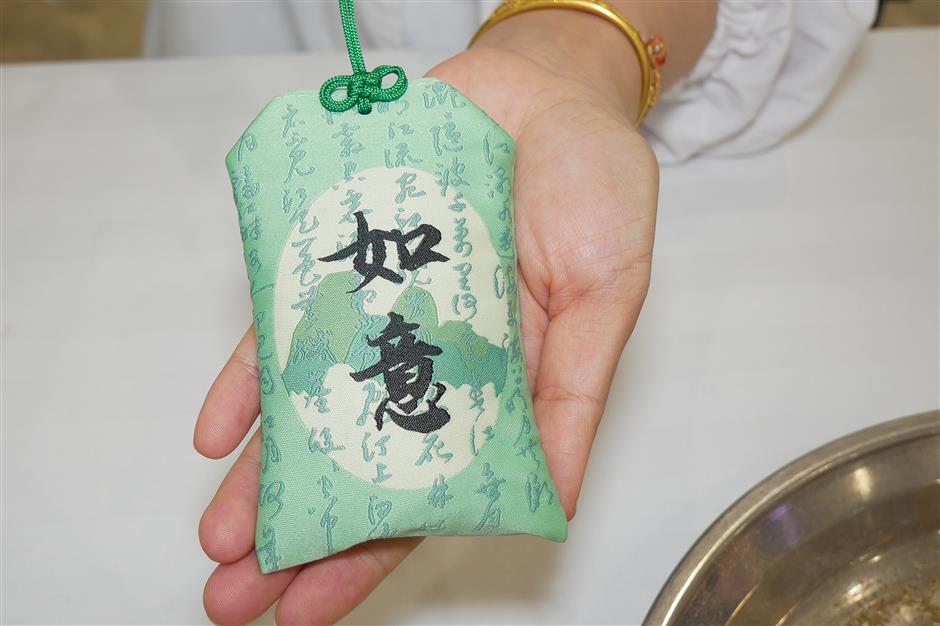
The sachet's design and package has also been renovated to meet contemporary people's taste.
The hospital has also created its Yueyang herbal tea, each of whose recipe is developed after detailed discussions and repeated tasting to strictly clarify its composition, efficacy, suitable groups, contraindications and brewing methods.
"We started to develop herbal tea last summer and received an unexpected response, so we continued our efforts to complete the recipes for the four seasons, allowing people to enjoy herbal tea throughout the year," said Ma, whose hospital has developed the "Three Beans Reflecting Sunset Dampness-Relieving Drink" for spring, the "Yueyang Summer Heat-Relieving Formula" and the "Summer Weight-Loss Formula" for summer, the "Rose Fairy Abode Formula" for autumn, and the "Four Ginseng Heart-Moistening Formula" for winter, taking into consideration people's physical condition and demands in different seasons.
"We are updating our herbal teas all the time. The new composition of the Yueyang Weight-Loss Formula and the Rose Fairy Abode Formula have been developed recently for better effect, taste and appearance. We are also developing a herbal tea to help those with hangovers," she added.
TCM's scientific innovation
In addition to innovative TCM recipes, local TCM doctors are also involved in pharmaceutical device innovation. Dr Gong Li, also from Shanghai Yueyang Hospital, teamed up with local engineering scientists to develop a bio-robot, which can imitate tuina doctors to offer service for people with knee osteoarthritis, as the mechanical arms can work like tuina doctors' hands.
"During health education in local communities, I found there was a huge demand for tuina professionals at the grassroots," Gong noted.
"Knee osteoarthritis is a very common disease, especially among the elderly. The incidence in China is about 8.1 percent. It can bring pain and tarnish people's life quality, but tuina is an economic, safe, easy and effective therapy and can delay its development," he added.
"But there is a shortage of such professionals, vis-à-vis the large number of patients. So I thought about developing a machine that could do tuina. We collected data from our tuina doctors during practice and created a dynamic model to vividly imitate professional manoeuvres."
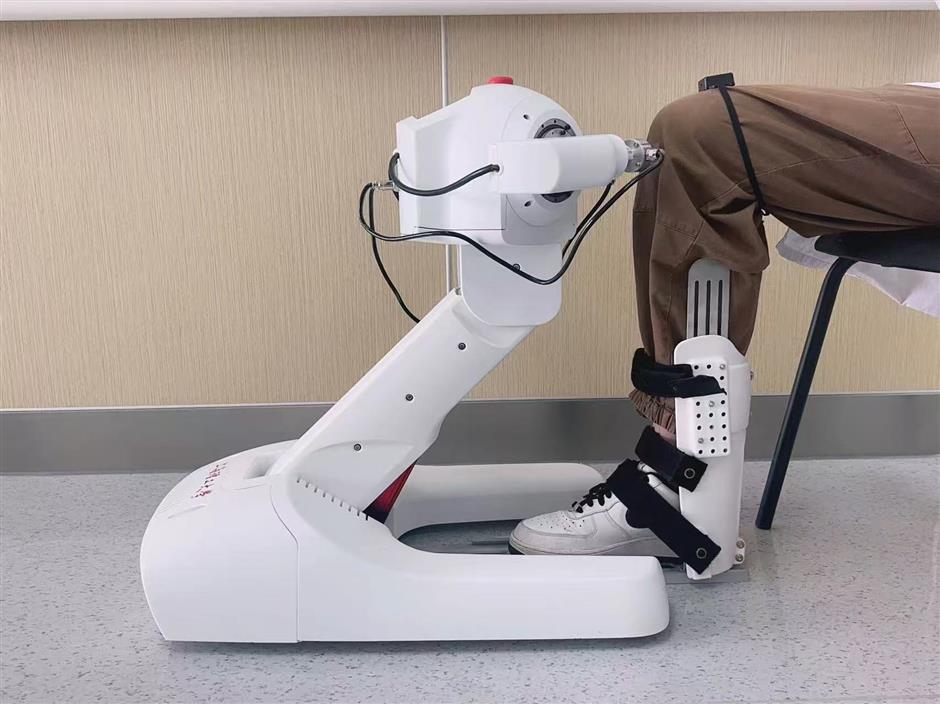
The bio-robot developed by a local TCM doctor to imitate tuina doctors for people with knee osteoarthritis.
In addition to imitating doctors, the team has combined the traditional tuina skills, with knee joint kinematics and modern rehabilitation therapy and sports therapy to achieve the same effects through just a two-minute operation, the effects for which a tuina doctor would have to spend 20 minutes.
The device has received a patent and is now undergoing clinical trials for pharmaceutical equipment licensing.
The design and production of the device is an innovation for TCM's modernization, hospital officials said.
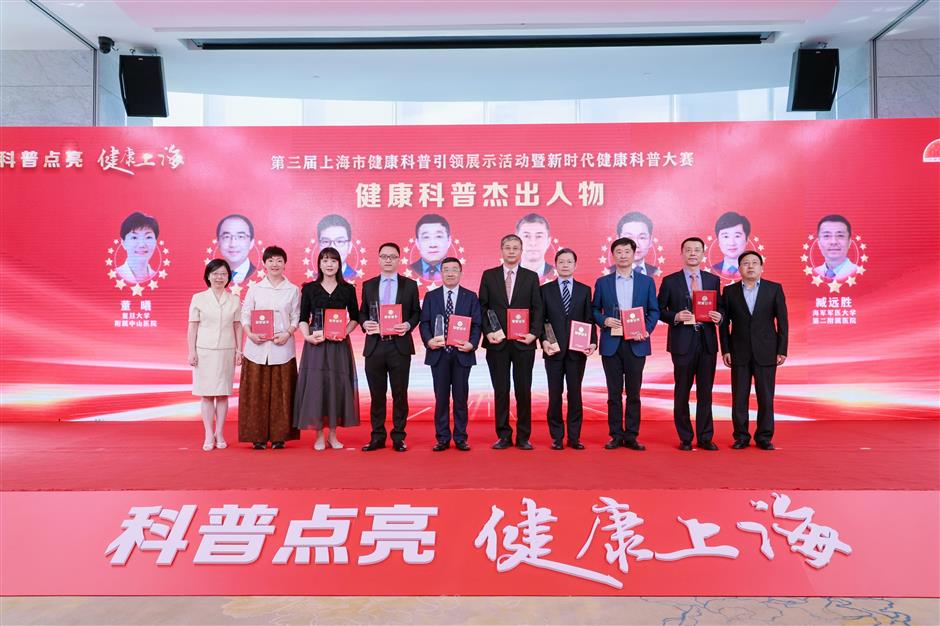
Dr Gong Li (fourth from right) from Shanghai Yueyang Hospital was recently honored by the Shanghai Health Commission for his achievements in medical promotion and innovation.

